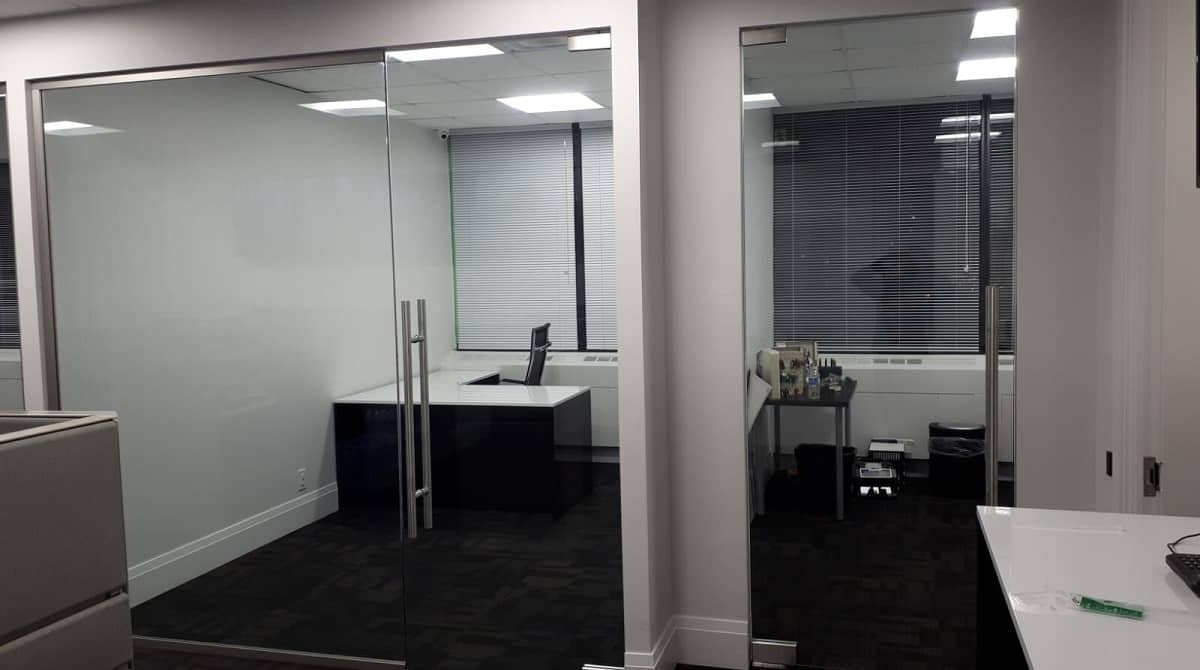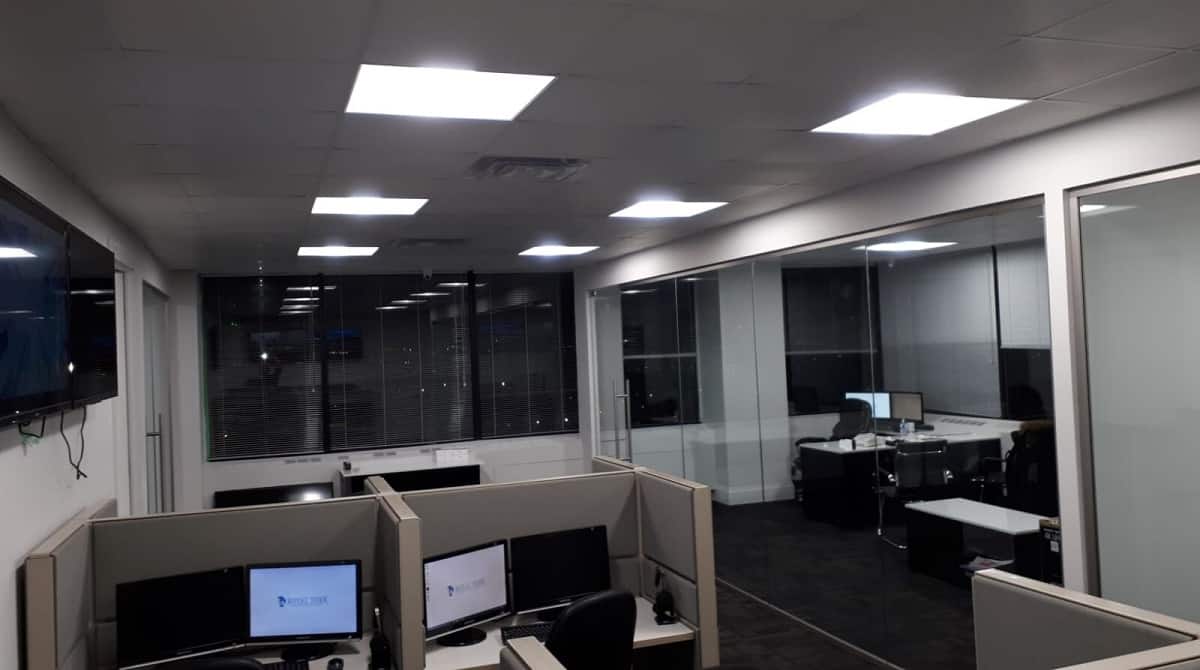Maximizing Workplace Efficiency: Strategies for Office Renovation
Office renovation is more than just updating the aesthetics of a workspace; it’s a strategic move to enhance productivity, foster collaboration, and improve overall employee well-being. Whether you’re looking to modernize your office, create a more flexible workspace, or accommodate growth, here are some essential tips for optimizing workplace potential through office renovation.
1. Understand Your Objectives
Before starting any renovation, it’s crucial to define your goals. Are you aiming to create more collaborative spaces? Do you need to accommodate new technology or more employees? Understanding your objectives will guide your design decisions and ensure the renovation aligns with your business needs.
2. Involve Employees in the Process
Employees spend a significant portion of their day in the office, so their input is invaluable. Conduct surveys or hold meetings to gather feedback on what changes they’d like to see. This not only helps create a more functional workspace but also boosts morale by showing employees that their opinions matter.
3. Focus on Ergonomics
Ergonomics should be a priority in any office renovation. Invest in adjustable chairs, sit-stand desks, and monitor stands to reduce strain and increase comfort. Ergonomic furniture helps prevent workplace injuries and promotes a healthier, more productive work environment.
4. Incorporate Flexible Workspaces
Modern offices benefit from having a variety of workspaces. Design areas for collaboration, quiet zones for focused work, and informal spaces for casual meetings. Flexibility in workspace design accommodates different working styles and can adapt to changing needs over time.
5. Embrace Technology
Integrate the latest technology into your office design to streamline operations and enhance productivity. Consider installing smart lighting and climate control systems, video conferencing tools, and charging stations. Ensure your office infrastructure supports high-speed internet and wireless connectivity.
6. Prioritize Natural Light and Air Quality
Natural light boosts mood, energy, and productivity. Maximize natural light by using glass partitions, open layouts, and light colors. Additionally, invest in a good HVAC system and incorporate indoor plants to improve air quality. A healthy work environment is key to employee well-being.
7. Sustainable Design
Sustainability is not just a trend; it’s a responsibility. Use eco-friendly materials, energy-efficient lighting, and sustainable furniture. Implementing green practices not only reduces your carbon footprint but can also lead to long-term cost savings.
8. Plan for Future Growth
When renovating, think long-term. Design your office with future growth in mind. Modular furniture and flexible layouts can easily be reconfigured as your business evolves. Planning for expansion now can save significant costs and disruptions later.
9. Create a Strong Brand Identity
Your office space should reflect your company’s brand and culture. Use colors, artwork, and design elements that align with your brand identity. A cohesive and well-branded office space can enhance company pride and make a lasting impression on clients and visitors.
10. Manage Disruptions
Office renovations can be disruptive, so it’s essential to plan accordingly. Consider renovating in phases or during off-hours to minimize the impact on daily operations. Communicate timelines and expectations clearly with employees to ensure a smooth transition.
Conclusion
Optimizing workplace potential through office renovation is a strategic investment in your business’s future. By understanding your goals, involving employees, focusing on ergonomics, embracing technology, and planning for growth, you can create a workspace that enhances productivity, supports employee well-being, and reflects your brand identity. Sustainable practices and effective disruption management further ensure a successful renovation that benefits your business for years to come.






